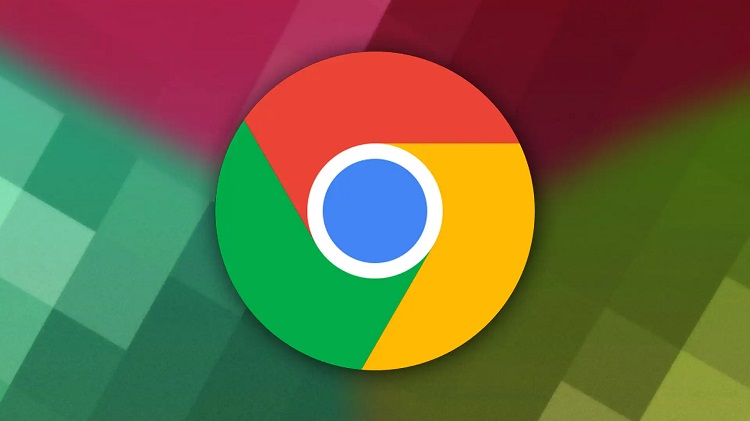
There's a good reason why Chrome is such a widely used web browser: It's quick, it's powerful, and it's compatible with a wide variety of popular applications, services, and extensions. However, all of that power has to come from someplace, and it ultimately puts a pressure on the RAM in your computer. Memory use by Chrome is rather high. To our great good fortune, the issue may now be resolved in a simple manner.
When you open a new tab, Chrome has to take care of a new task, and the browser makes sure that each tab runs as its own process. So, if something goes wrong on one tab, it won't affect the other tabs. Chrome is also fast because it has a feature called "prerendering," which uses RAM to load pages as quickly as possible. Plus, you'll use more RAM the more tabs you open and the more resource-intensive tasks you run in those tabs. It's not really a problem until it is. If your system runs out of RAM, your internet browser can't handle it properly, which causes performance problems.
Thanks to a new feature called "Memory Saver," Google has fixed these problems. With it, Chrome will turn off tabs you aren't using while you work in other tabs. Chrome will turn on these tabs again when you go back to them. Memory Saver can use up to 30% less memory than Chrome without it, according to the company. This should solve most memory problems with the browser.
Chrome is getting more "Performance" features than just Memory Saver. Google also made a feature called "Energy Saver," which slows down performance to save battery life. This is important for people who work on laptops.
Memory Saver will be rolled out to users over the next few weeks, but you can turn it on now by setting a feature flag. Flags are "experimental features" that Chrome hides from most users. Some of these features aren't finished yet, so they could hurt your browser. But since Memory Saver is almost here, it seems safe to turn on this flag.
To check it out, paste the following link into your address bar, then hit enter: chrome://flags/#high-efficiency-mode-available
To turn Chrome Memory Saver on or off: